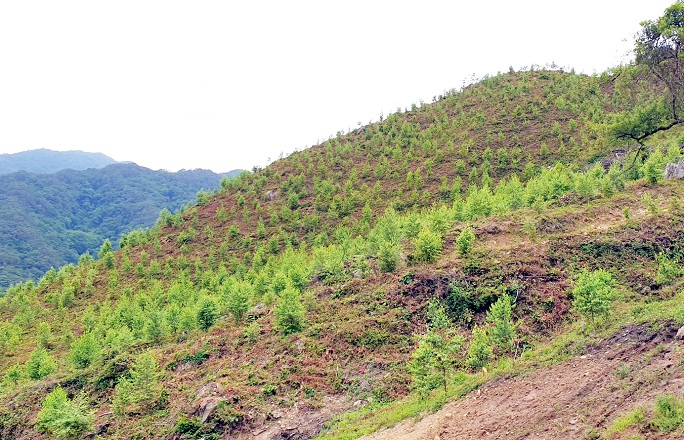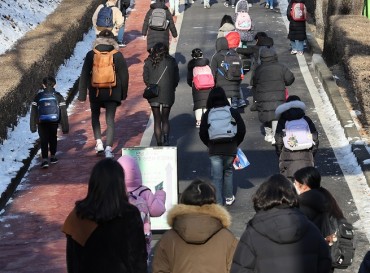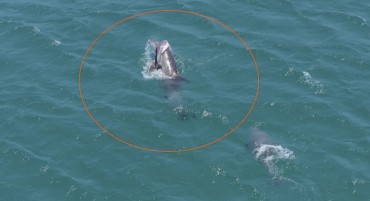
A pollinator forest in North Chungcheong Province that provides food for bees is seen in this photo provided by the provincial office.
CHEONGJU, May 8 (Korea Bizwire) — Amid a recent surge of “bee disappearances” across the country, North Chungcheong Province is accelerating a project aimed at creating pollinator-friendly forests that it has actively promoted since 2018.
Pollinator-attracting plants, which provide food for bees, are considered one solution to the bee disappearance crisis.
Establishing pollinator forests is crucial to restoring the forest landscape and supporting beekeepers suffering from low productivity.
The creation of “bee paradises” is currently underway in the province to help beekeepers struggling with declining productivity while restoring the forest landscape.
According to an announcement on Saturday, the province plans to create 121 hectares of pollinator forests by 2026 at a cost of 2.2 billion won (US$1.66 million).
The province also plans to use shared forests scattered across 11 cities and counties to create pollinator forests centered on acacia trees.
As part of the project, a total of 363,000 trees will be planted by completion, with 40 hectares already planted last month. Starting next year, an additional 27 hectares will be created annually.
The plan is to increase the economic efficiency of pollinator forests by creating complex forests that span over 2 hectares and utilizing them as recreation and tourism resources.
The private sector is also actively creating honeybee forests.
The Korea Honeybee Ecological Environmental Protection Association operates the Four Seasons Bee Farm Pilot Complex in Yeongdong County, covering an area of 330,000 square meters.
“After the creation of the pollinator forest, an environment for 100 hives (3.5 to 4 million bees) will be created over a period of between five and 15 years,” said an official, adding, “The final goal is to plant more than 10 million trees that will become pollinators.”
M. H. Lee (mhlee@koreabizwire.com)






